The Collapsing Worlds of Phyllida Barlow
“It’s that notion of gravity pulling on things, making things collapse, and that potential to collapse.”
Multicoloured fabric is bundled into oversized pom-poms, stretched across posts or draped over concrete slabs in the wild, rugged world of Phyllida Barlow. Colossally huge and disarmingly bright, her sculptural installations transform the simple, everyday materials of concrete, plaster, wood and fabric into treacherous constructions that look as though they might fall apart at any moment. With all the rough, gritty appeal of a building site, these broken and disordered setups are decidedly anti-monument, speaking of the chaos and instability that encircles contemporary life. She writes, “…in the collapse of a monument, there is a tragedy, a triumph, a beauty, and also an immense grief. The monument has this extraordinary range of emotive qualities.”
Born in Newcastle in 1944, Barlow later settled with her mother, father and sister in London. But it was during a family visit to Paris when she was six that she knew she would become an artist; the family visited an artist’s studio, which Barlow described as a “very, very strong experience – the studio, the atmosphere.” Back at home, post-war austerity encouraged a mend-and-make-do mentality, and Barlow remembered improvising at home with whatever was available, recycling cardboard boxes and found scraps into makeshift toys and dolls houses.
Art School, therefore, seemed a natural choice; she earned a place to study at Chelsea School of Fine Art, where ramshackle buildings were being torn down around her – she and her contemporaries scavenged in skips for whatever materials they could find. At Chelsea, she met Fabian Peake, her future husband, who she would go on to have five children with, but not before attending Slade School of Art in 1966 and maintaining several teaching jobs. When her children were tiny she quit teaching for a time and made art during the quiet, darkness of night, remembering, “It would often only be a couple of hours, or even an hour, quite late … (but) that moment of absolute peace and calm was very good in the dark.”
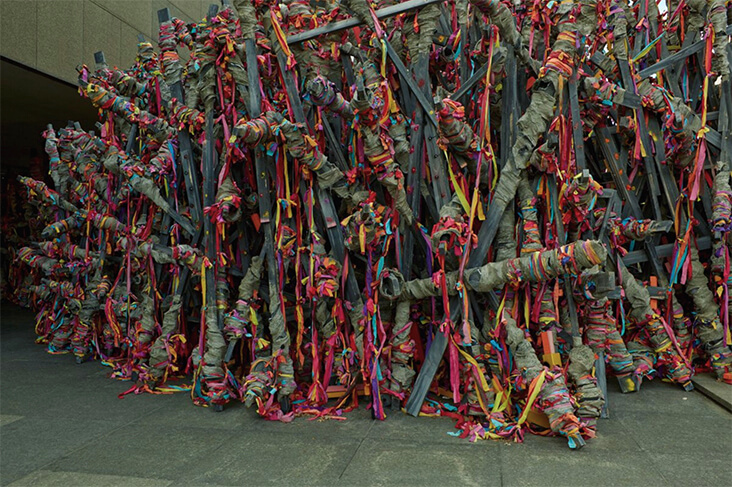
Phyllida Barlow, installation view of TIP / 2013 / timber, steel, spray paint, paint, steel mesh, scrim, cement, fabric, and varnish
In her 40s Barlow returned to teaching, eventually finding a secure post at London’s Slade, where she taught artist whose careers would initially eclipse her own, including Rachel Whiteread, Douglas Gordon and Tacita Dean. All the while she continued to make and exhibit work, compiling messy heaps of fabric with polythene and gaffer tape onto gallery floors, or creating assemblages on street corners, in friends houses or even “thrown into the Thames at night,” unusual constructs that attracted little attention or were only seen by a handful of people. With five children to raise, time was scarce, and the hastily clad quality her work still holds harks back to this performative sense of urgency, as she furiously hurled together materials with expressive actions, writing of her sculptures, “they are swiped, spilled, splashed, poured…”
It was only really when Barlow retired from teaching and channelled all her energy into art that her language became fully recognised by the wider art world, and her place as an influential Post-Minimalist sculptor was put in place. Gallery representation with Hauser and Wirth led her to a stream of exhibitions, awards and commissions. Continuing with a ramshackle approach, fabric has played a vital role in her mature art, injecting colour and life into ordinary, lo-fi materials including cardboard, plaster, polystyrene and balsa wood. The consideration of our relationship to space, too is a vital part of these constructions; sometimes she fills places so tightly they can’t even be entered, or produces fragile, brittle assemblages resembling makeshift scaffolding that we have to scramble through, or that lean high overhead as if they might collapse and squash us.
In the display Scree at the Des Moines Art Centre in Iowa in 2013, Barlow’s series of installations responded to the museum’s austere, Brutalist architecture with Crayola coloured drapes of fabric spread over concrete slabs, bringing light and life to the space with an elemental touch. Similarly, in the exhibition GIG, in 2014 at Hauser & Wirth in Somerset, huge pompoms in Spanish colours, made from fabric scraps and hung from the ceiling by mountaineering cords. Elsewhere, cheap, brightly coloured cloths were scattered across the floor or bound into deliciously messy, tactile bundles with coloured tape, experiments in tactility and form.
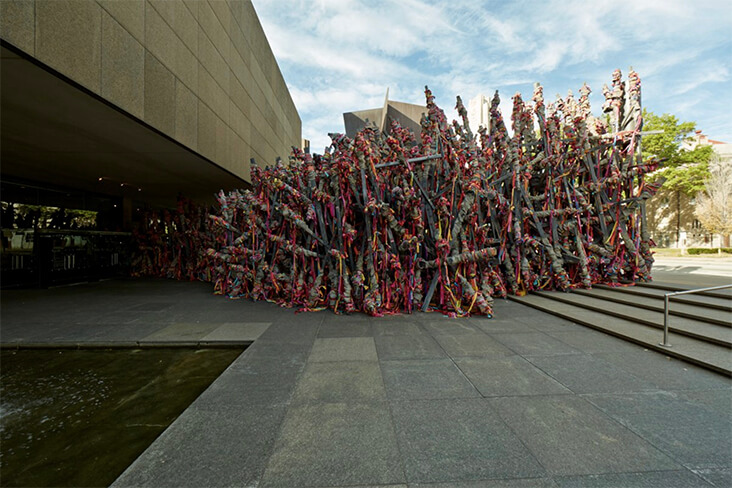
Phyllida Barlow, installation view of TIP / 2013 / timber, steel, spray paint, paint, steel mesh, scrim, cement, fabric, and varnish
100 Banners, 2015, at the Nasher Sculpture Centre in Dallas, brought together a series of densely packed fabric swatches in dazzling, contrasting tones of pink, yellow and black, draped over flagpoles. Drawing on the fabric banner’s history as an emblem of territory, protest, power and defiance, Barlow leaves hers blank, a potent site paused, waiting to be loaded. More recently, the suspended drapes of coloured fabric in untitled: canvasracks, 2018-19, on display at the exhibition cul-de-sac, 2019, at London’s Royal Academy, are messier and more painterly, covered with streaky stains of uneven, earthy toned swatches of colour. Expanding like paintings ripped from their stretchers into the space beyond, they become remnants of a past performance, and, like so much of her art, a physical manifestation of the cause, action and effect that defines our daily existence.





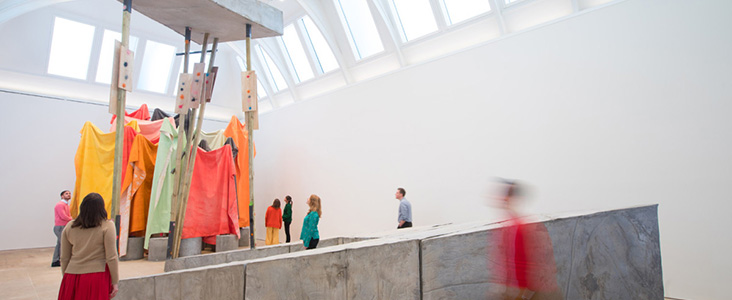
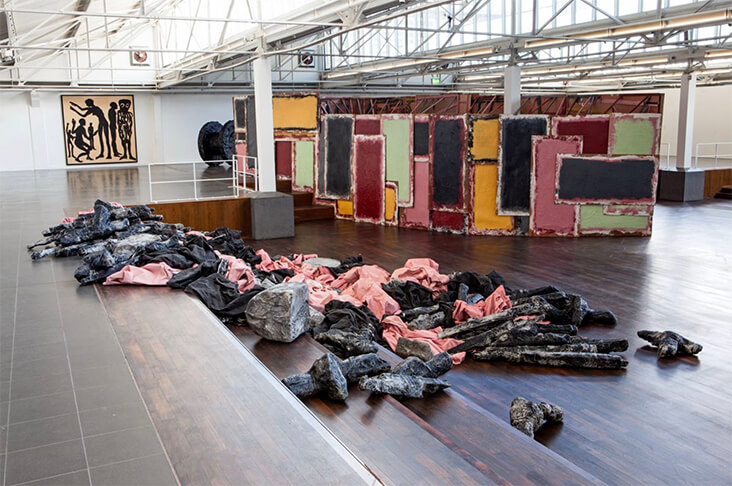

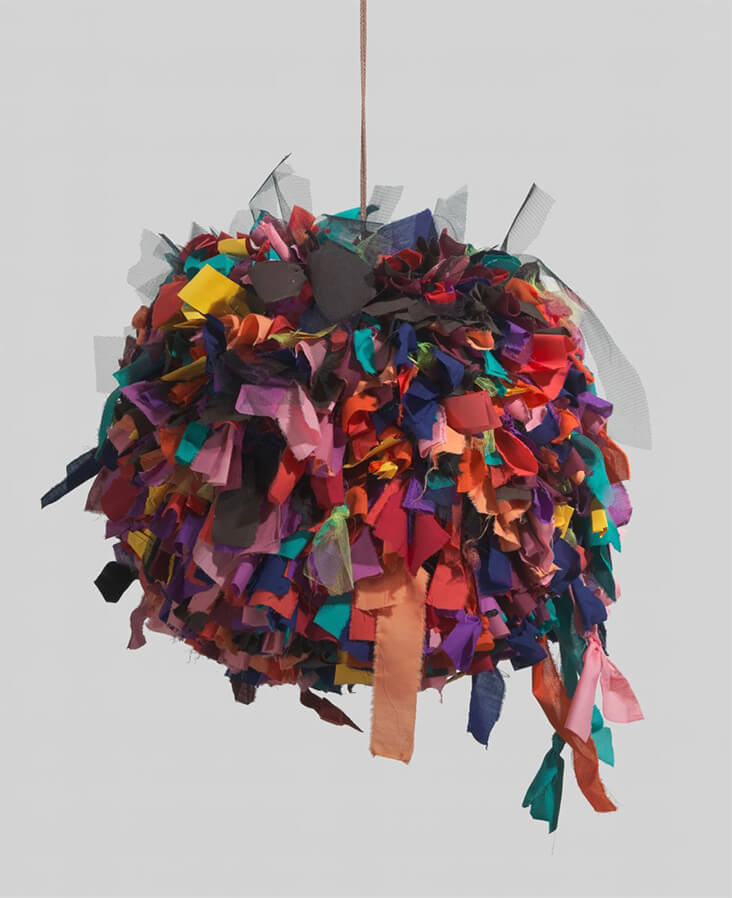
















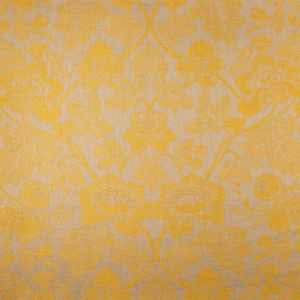
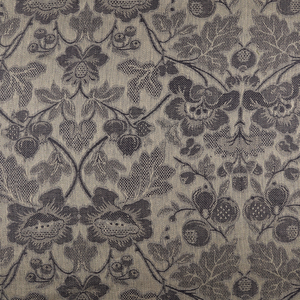
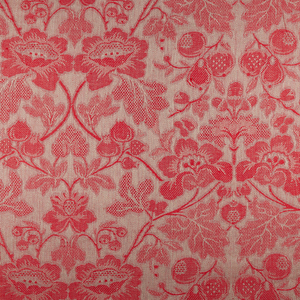
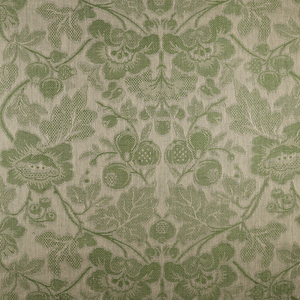
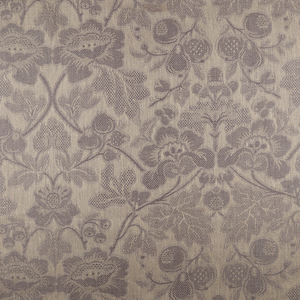
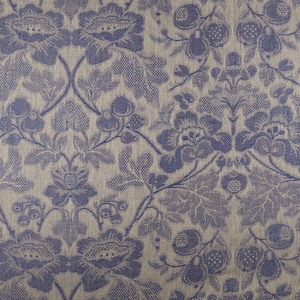
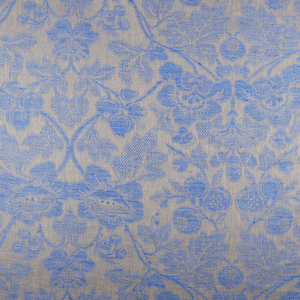
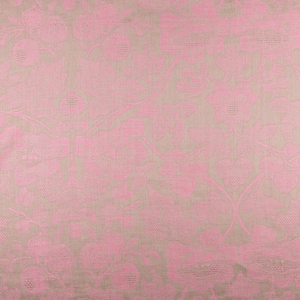















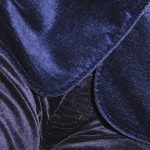


Leave a comment